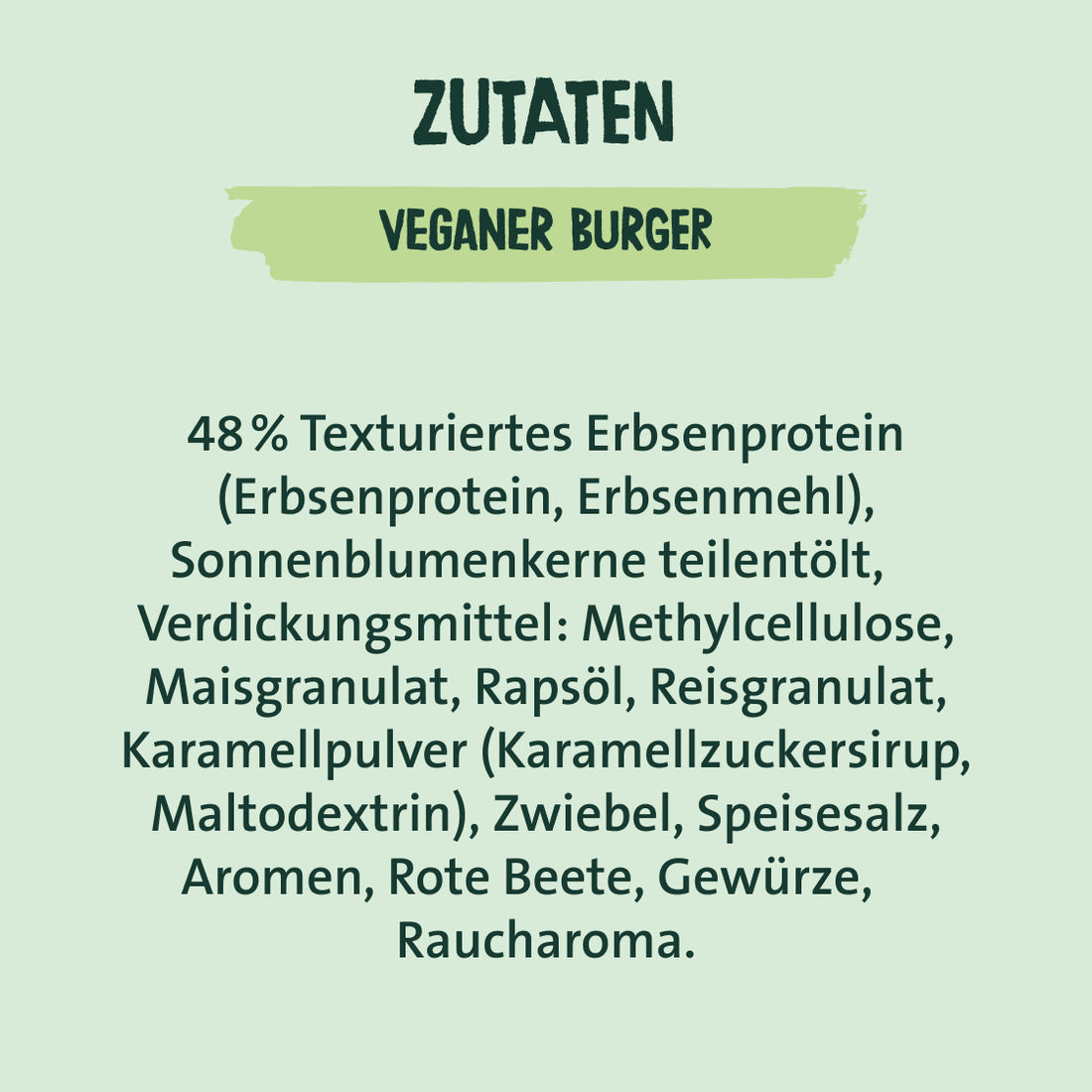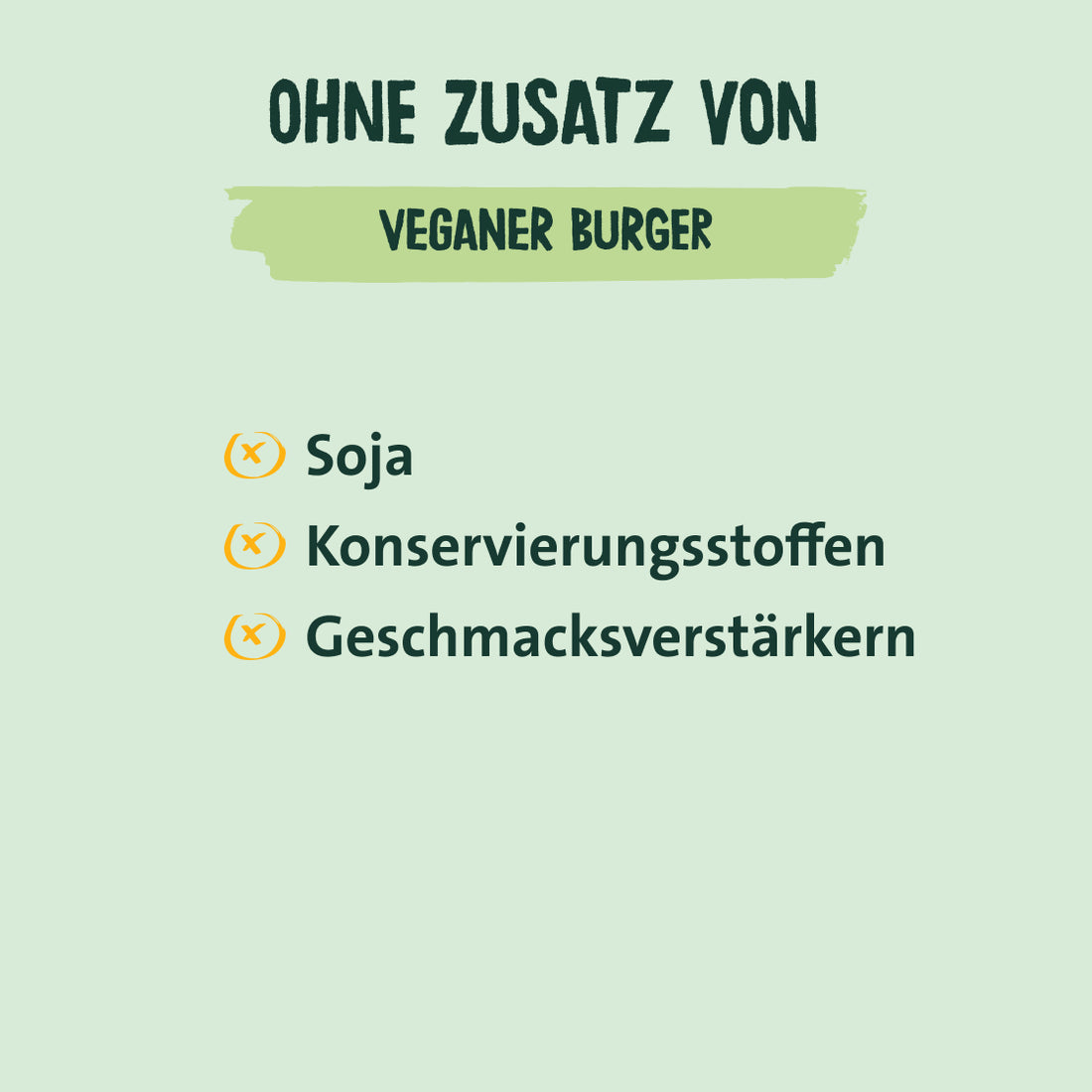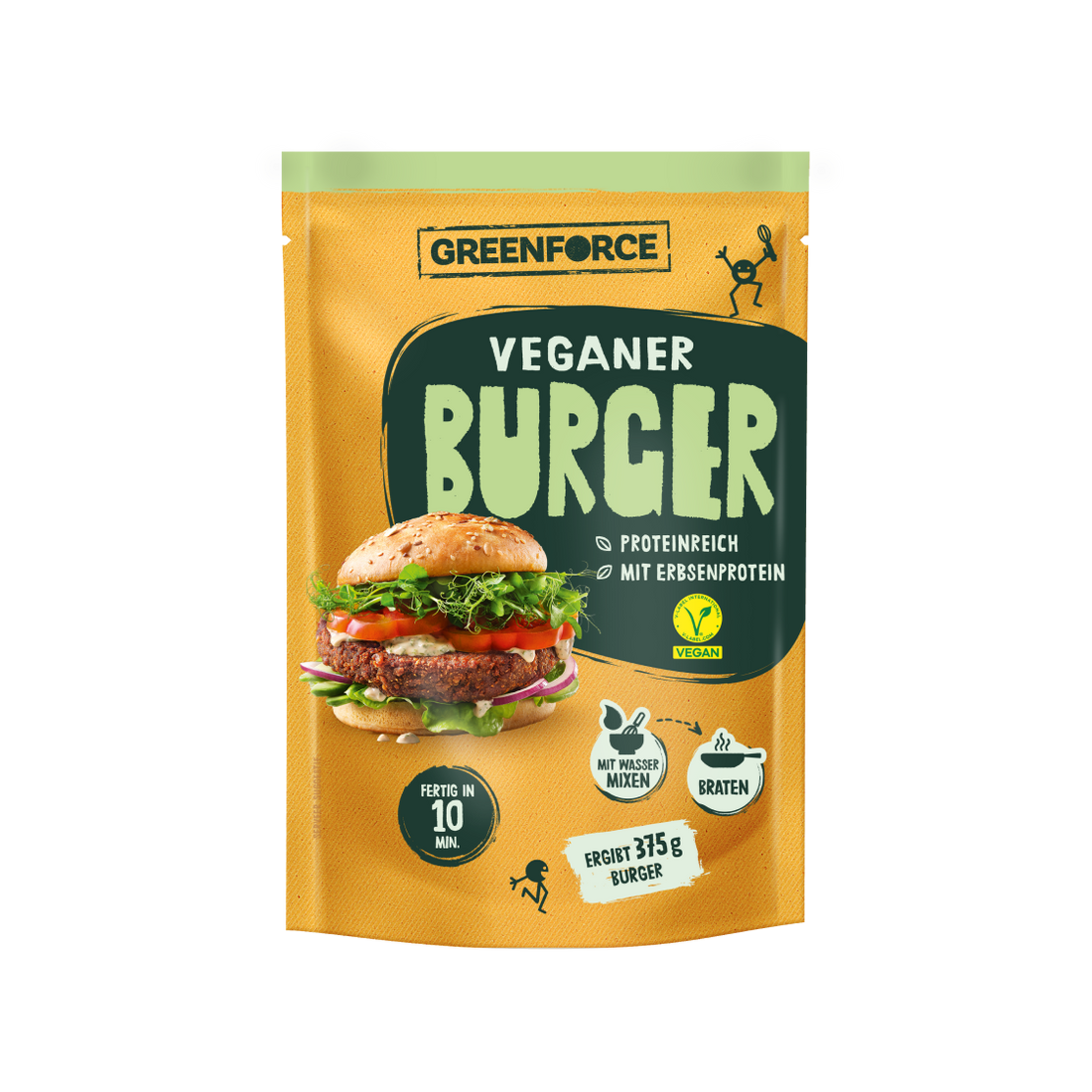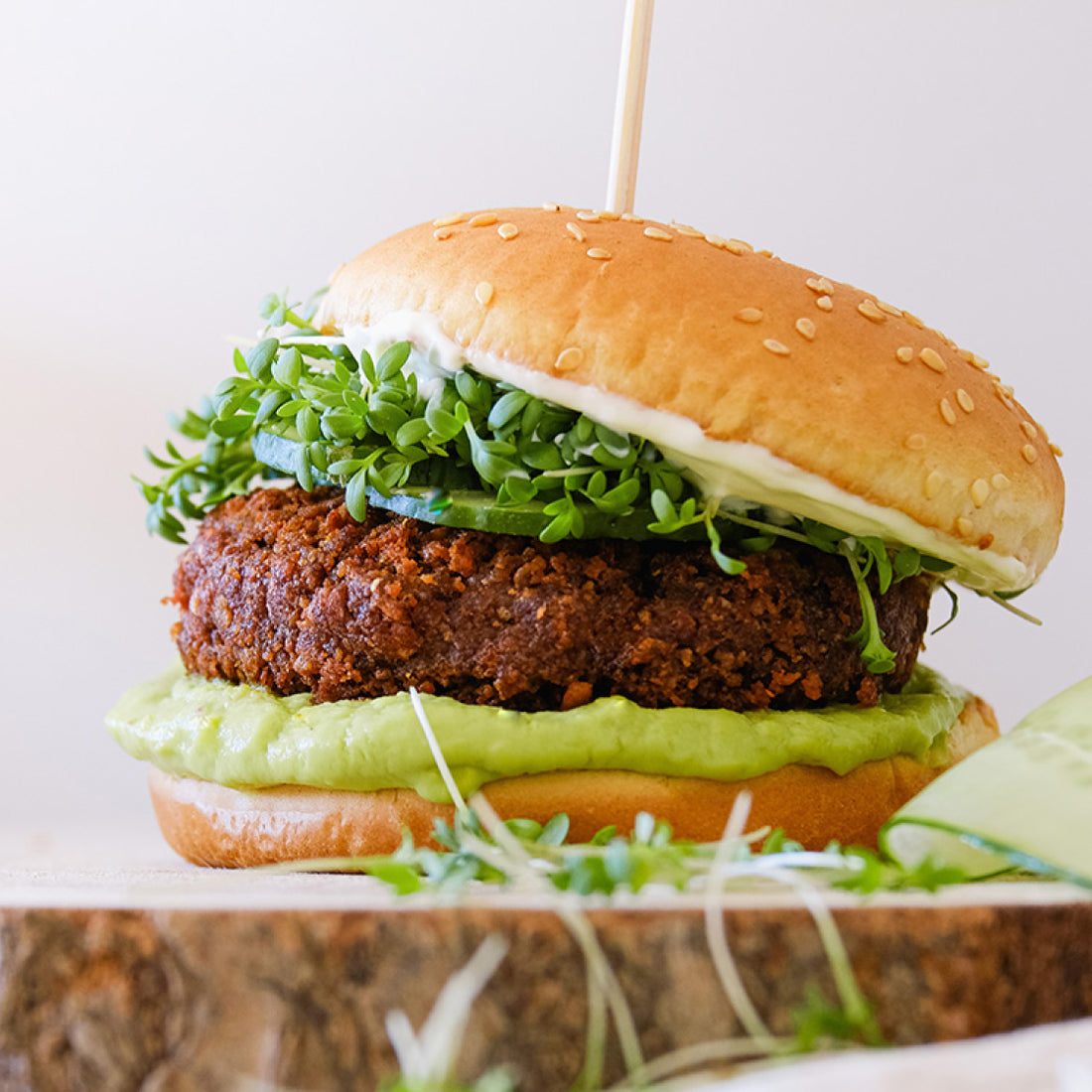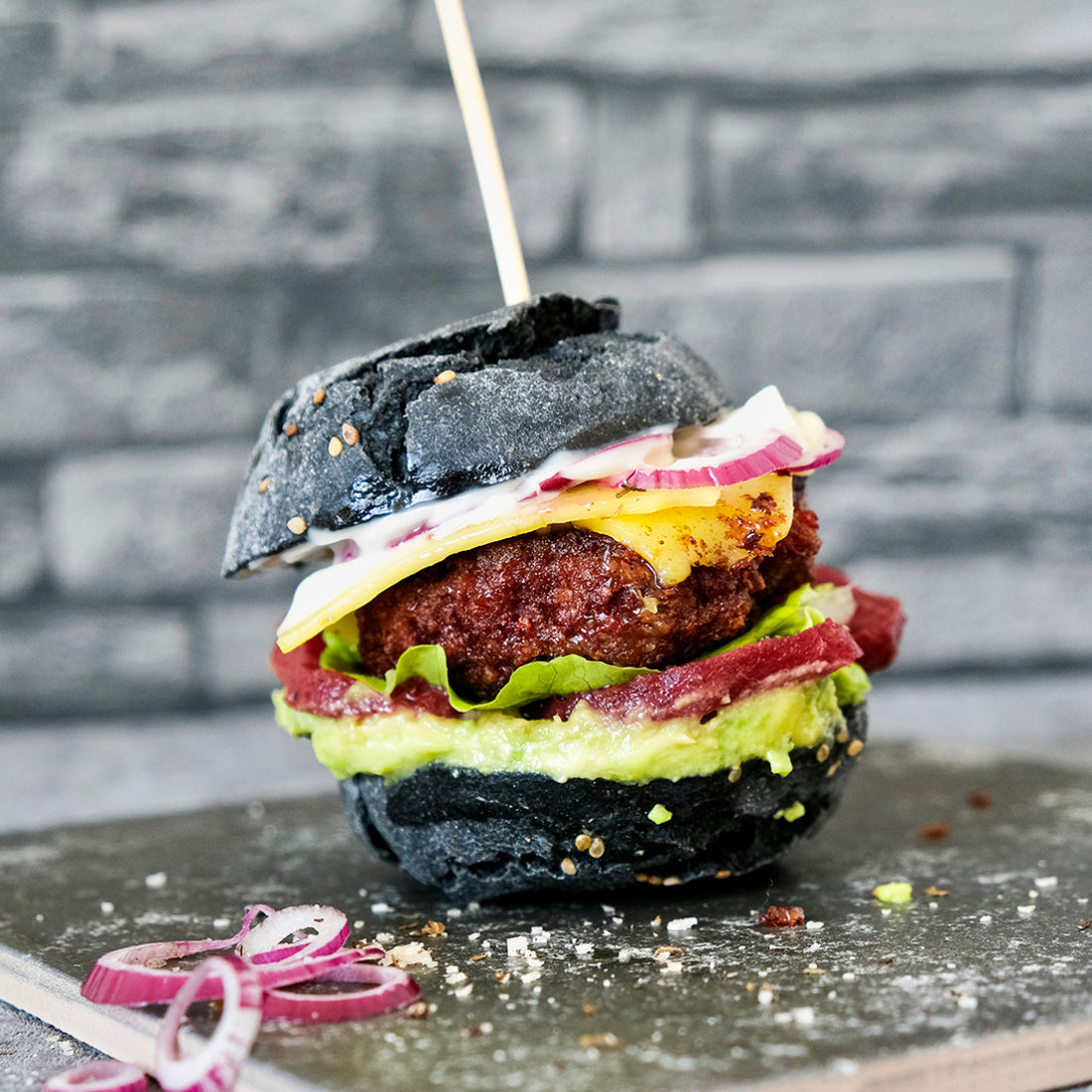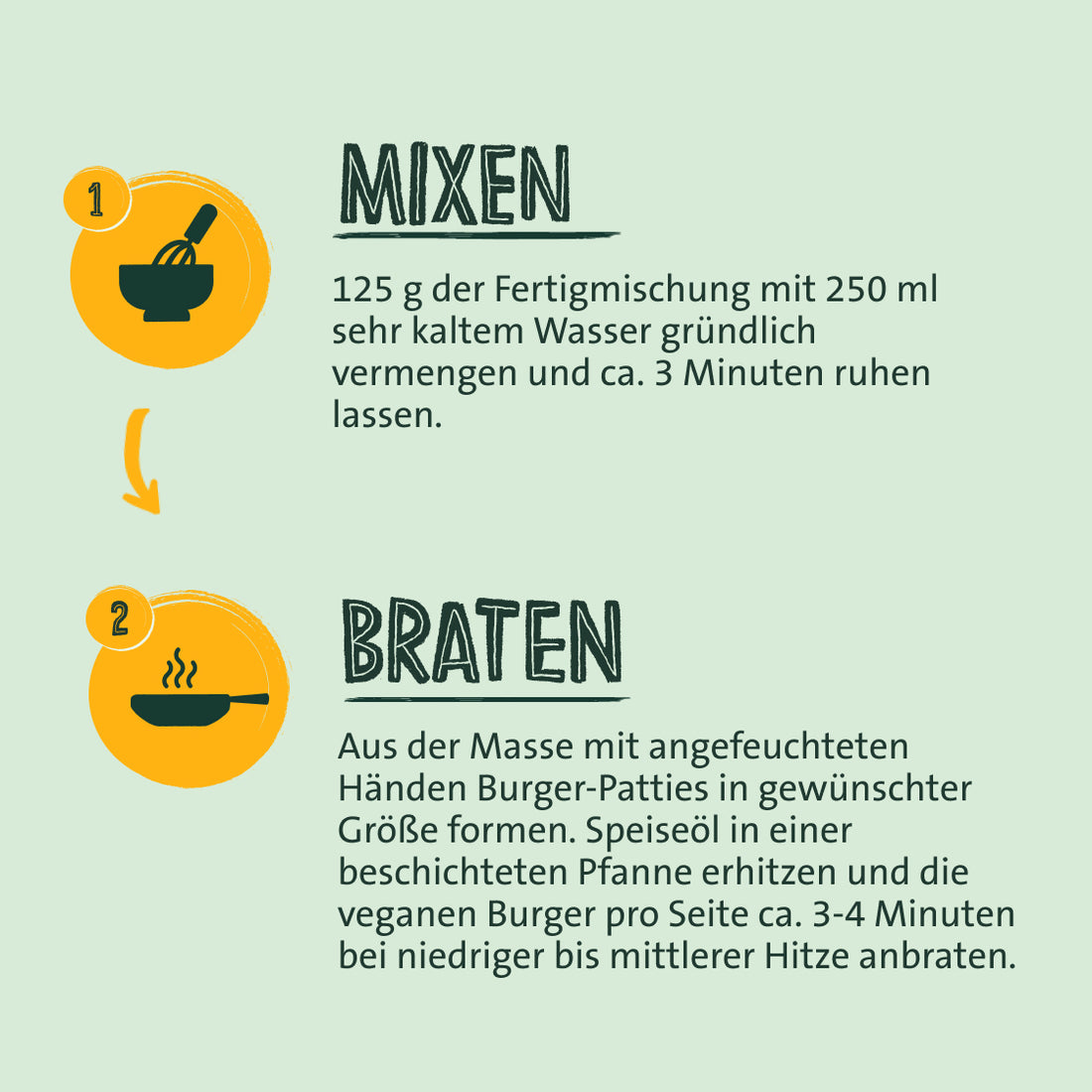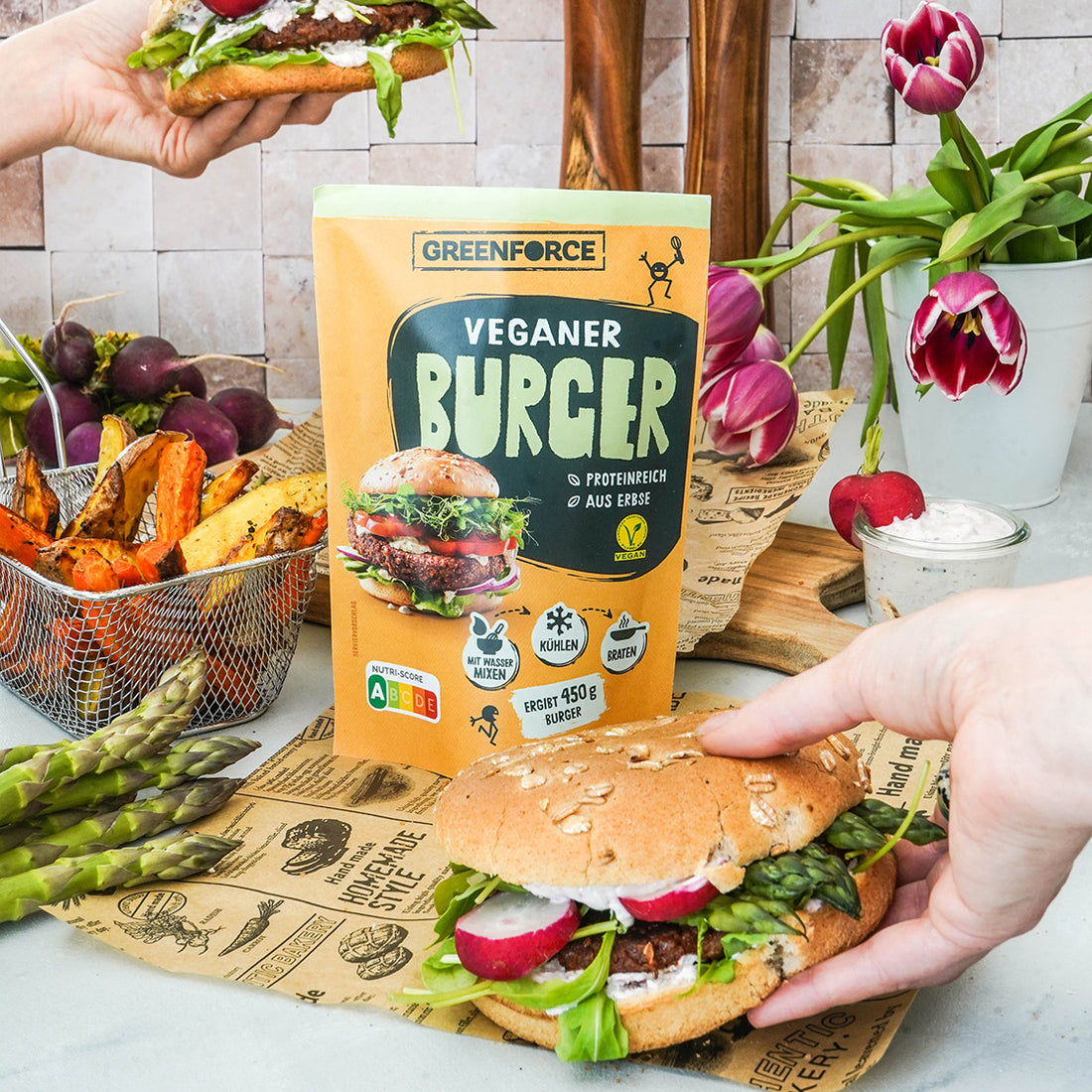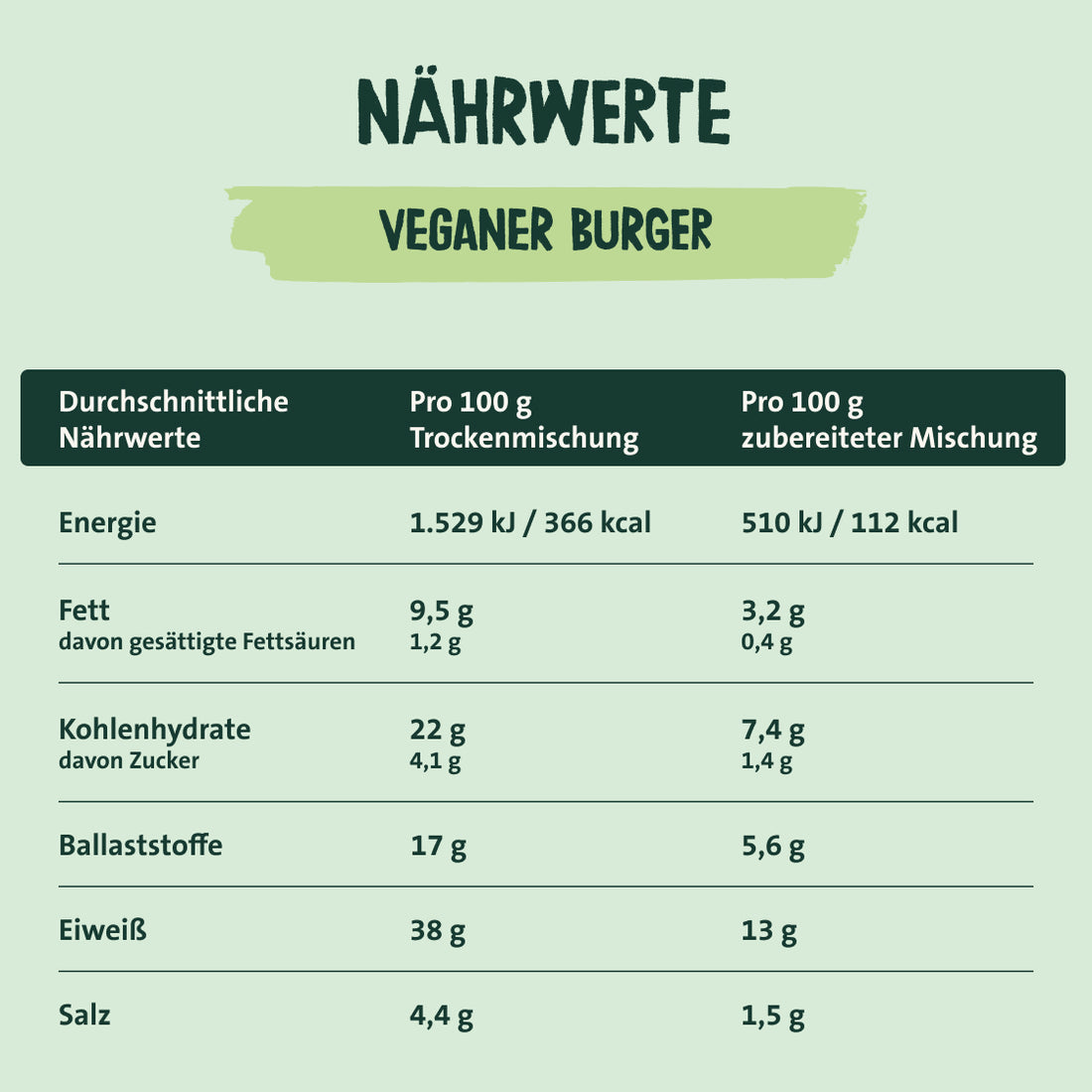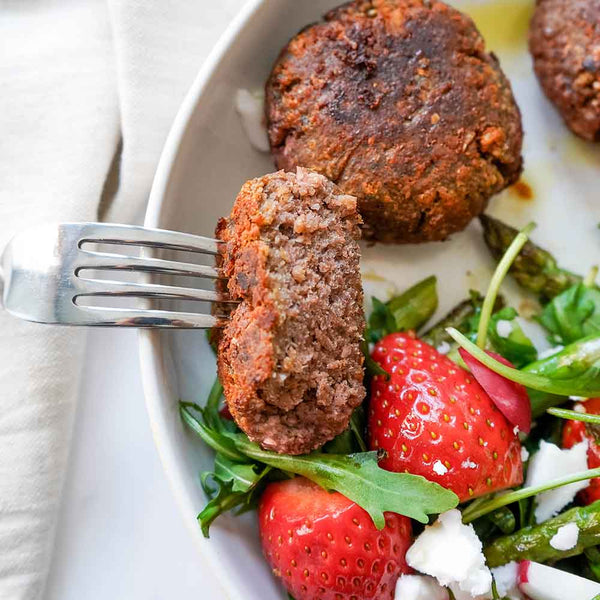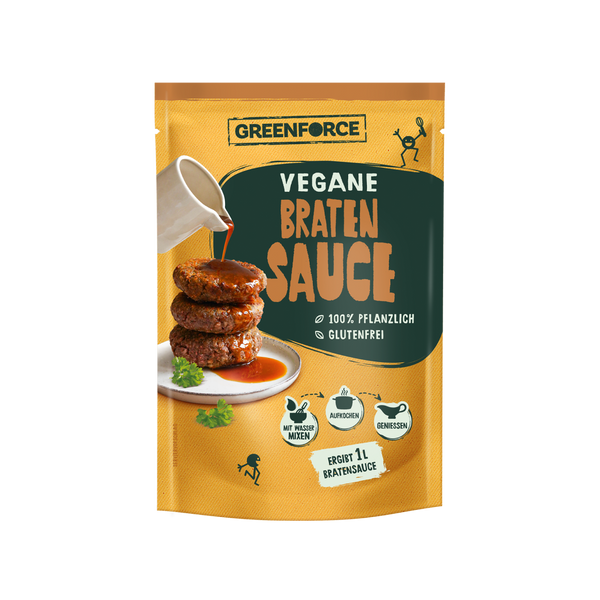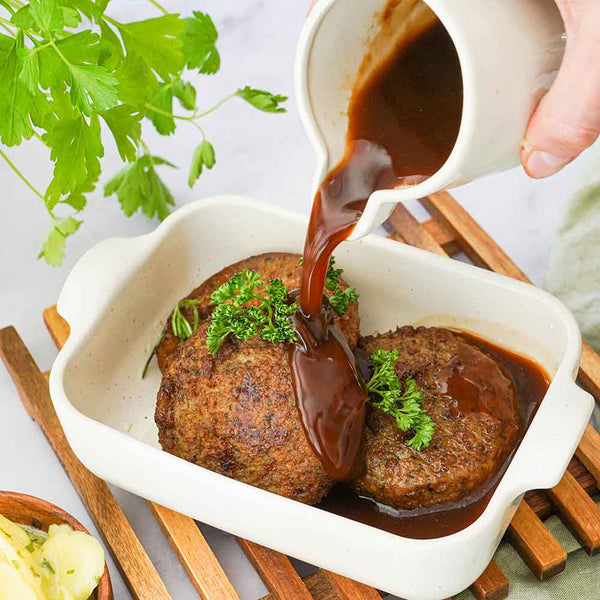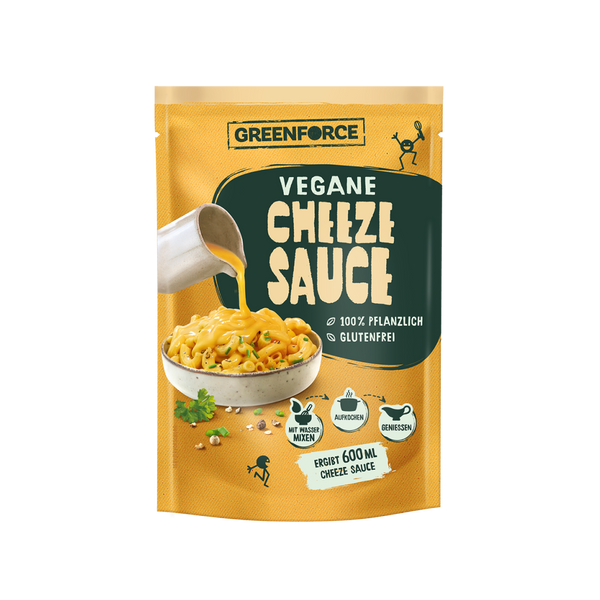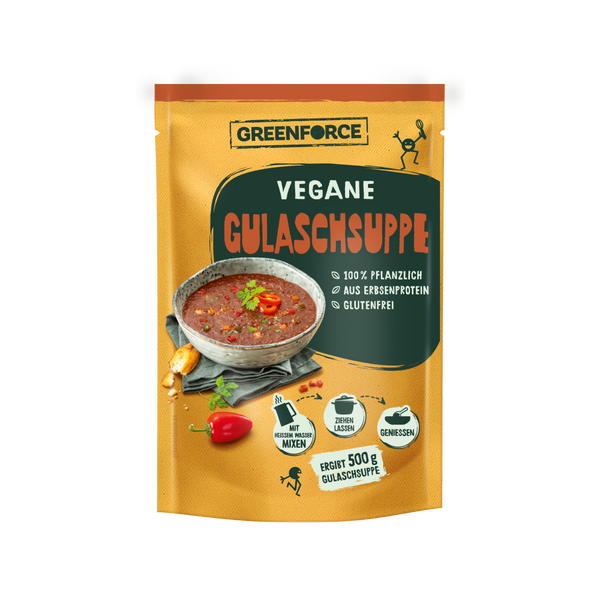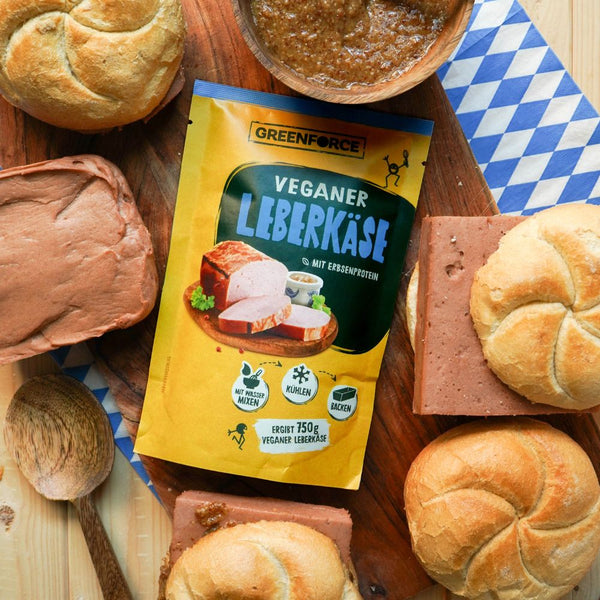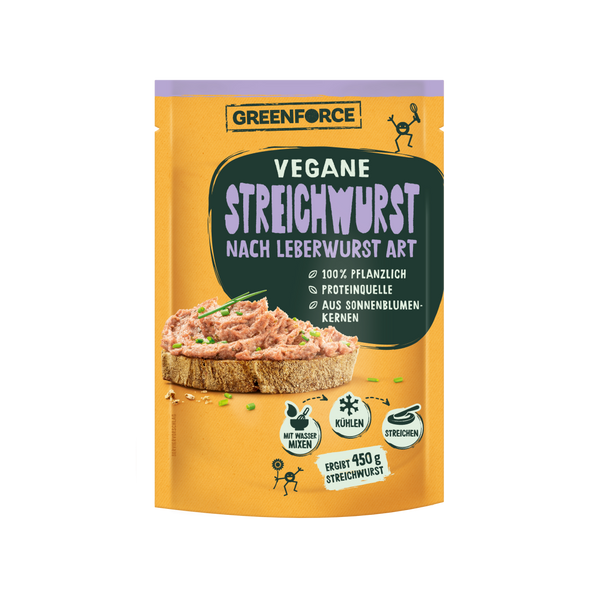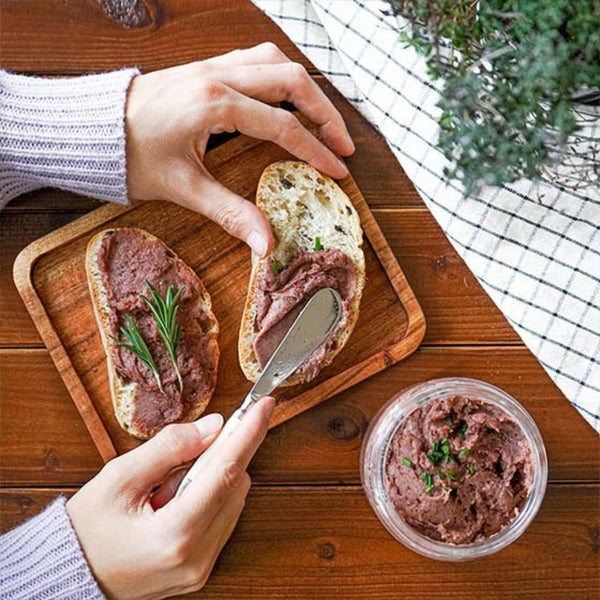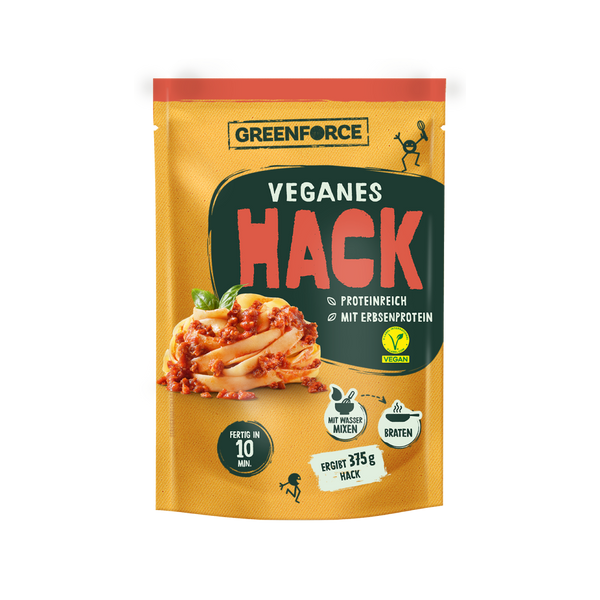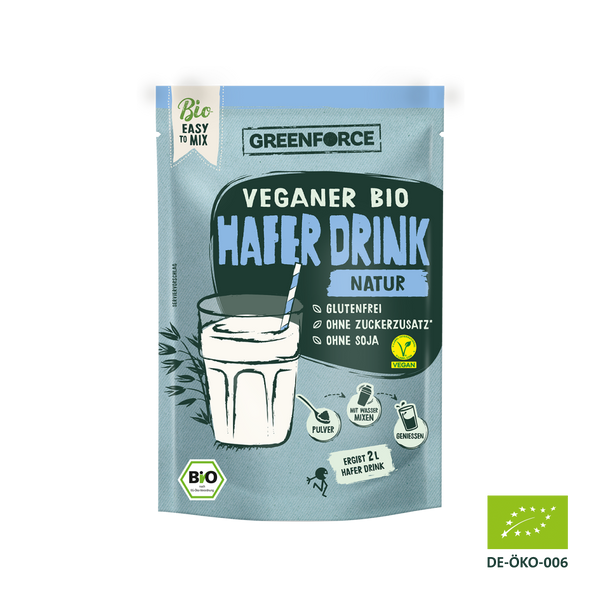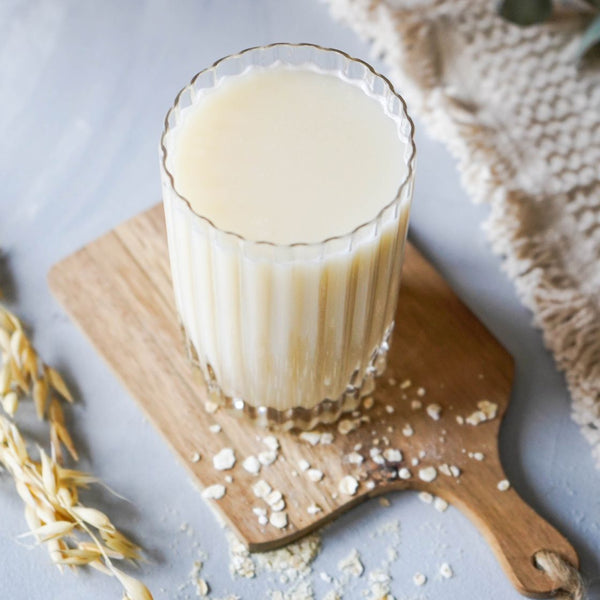It's not just vegans who like to prefer low-histamine foods from time to time. In particular, people who get headaches or other symptoms from consuming histamine must avoid the messenger substance or only eat it in small quantities.
However, it is not so easy to identify which foods are suitable for people with histamine intolerance . In contrast to an allergy to fruit or nuts, it cannot be clearly stated that these exact foods need to be eliminated from the diet.
For better orientation, we will show you low-histamine foods with this list :
- Vegetables : Fresh vegetables are at the heart of a low-histamine, vegan diet. However, not every vegetable can be eaten. Cabbage varieties such as red and cauliflower are well tolerated. Kale and broccoli are also allowed. You can also eat cucurbits such as cucumbers, squash and zucchini as well as certain root vegetables. These include carrots, beetroot, radishes and onions. Potato and peppers complete the offering.
- Fruit: Certain types of fruit are also permitted. Low-histamine fruits include apples, mangoes and melons, as well as blueberries, cranberries and currants. Ripe bananas can be a delicious addition to a snack and provide new energy.
-
Grains: If you have histamine intolerance, you can continue to eat certain types of grain; spelled is usually well tolerated. Oats, millet, rice, quinoa and amaranth can also be on your menu.
- Herbs: Using fresh herbs such as basil, parsley and chives not only adds flavor to your food, but also provides an aromatic note in vegan and low-histamine dishes.
-
Plant-based milk alternatives: Plant-based milk alternatives such as oat or rice milk offer a creamy consistency and can be used well for cooking and baking. At the same time they serve as delicious drinks. You can also find oat milk to mix yourself in the Greenforce online shop. There you can also get vegan meat alternatives and baking mixes . For example, you can use these to bake your own bread.
Drinks allowed for histamine intolerance
Drinks are just as much a part of your diet as edible foods. We also don't want to withhold from you which ones are well tolerated.
-
Tap or mineral water is always a safe choice. This is also good for your body.
- You can also make yourself some tea to quench your thirst. A herbal tea is recommended. You should avoid green and black tea. The same applies to coffee drinks. You should treat these with caution.
- However, freshly squeezed juices made from fruits that are not high in histamine and that you tolerate well are permitted. Apple and pear juice shouldn't cause you any problems, grape juice is also an option. To enjoy them straight, you can make the juices yourself at home. Or you can make a smoothie out of it. All you need is a good mixer.
Of course, you can also add vegetables with a low histamine value . The classics here are cucumbers and carrots .
As already mentioned, vegan alternatives to cow's milk are also suitable if you have histamine intolerance. Make sure that no additional ingredients have been added to them. For example, it should be pure oat or rice milk . Small amounts of almond milk are also often well tolerated.
In general, it can be said that non-alcoholic drinks are safer to drink than alcoholic ones. Because alcohol can block the enzyme that breaks down histamine in your body, your histamine levels may increase after drinking. As a result, symptoms can occur if you get a migraine from too much histamine .
As with solid foods, every person has an individual tolerance to drinks. So pay attention to what is good for you and what you should avoid. However, it is important that you drink enough fluids. Most people are thirstier in summer than in winter due to the warm temperatures. In addition, the need depends on your body weight.
Anyone who suffers from food intolerance can no longer eat as they please. Otherwise this can lead to unpleasant physical reactions. For this reason, you should know which foods contain a lot of histamine - and which promote histamine release.
Foods with a high histamine content include all baked goods such as breads, rolls and cakes that contain yeast. Since this affects a lot of products, it is recommended to bake yourself. You don't need many ingredients to make delicious bread. You can also use whole wheat flour. These contain a number of fiber and minerals that can have a positive effect on your health.
You should also avoid vinegar. This doesn’t just apply to the preparation of your food. Also pay attention to products that are pickled in vinegar or that contain vinegar as an ingredient. We also recommend that you avoid mushrooms and tomatoes. Here again, processed products must also be taken into account. Ketchup and tomato sauce on pizza can also be problematic.
But even if foods themselves do not contain histamine, they can promote its release. This property is found, for example, in some types of fruit, such as strawberries, kiwi and citrus fruits. Cocoa as well as walnuts and hazelnuts also belong to this category. Additives and preservatives as well as the controversial glutamate can also contribute to increased histamine release. Therefore, consume processed foods as rarely as possible and prefer to prepare your food fresh.
If your daily routine makes this difficult, you should take time to cook, especially in the evening, and prepare lunch for the next day at the same time. Then you can take it with you to work and just heat it up there. Some people also cook ahead for several days on the weekend and then freeze the food to save time during the week but still eat healthily.
Delayed histamine breakdown
You now know foods that have a high histamine content and those that promote the release of the messenger substance. If you suffer from histamine intolerance, there is a third group of substances that you should not consume or only consume with caution. We're talking about foods that can delay the breakdown of histamine in your body. These are called DAO inhibitors because they negatively affect the effect of this enzyme.
There are various foods that act as DAO inhibitors. Two examples of this are papaya and pineapple. Nuts also have inhibitory properties in this regard, although apart from that they are healthy due to their unsaturated fatty acids. This is especially true if they are consumed pure, i.e. without salt or sweeteners. If you are not allowed to eat nuts, cold-pressed rapeseed oil is a good source of essential fatty acids.
Regarding the consumption of drinks, we have already pointed out that green and black tea are unsuitable if you have histamine intolerance. The reason for this is that they are also considered DAO inhibitors. Cocoa also needs to be mentioned again here.
The same goes for energy drinks and alcohol. It is therefore best if you avoid alcoholic drinks such as beer or champagne. Since regular alcohol consumption can put a strain on the liver and lead to dependency, by abstaining from it you are making an important contribution to your own health.
You should also know that medications lead to increased histamine levels and can therefore be one of the causes of histamine intolerance . This happens by disrupting the body's production of the enzymes responsible for breaking down histamine.
Therefore : If you suffer from an intolerance, let your doctor know when prescribing medication. He will assess whether you should still take the medicine or whether he will give you a different prescription.
Incidentally, vitamin C promotes the breakdown of histamine and is therefore well suited to a low-histamine diet .
 Germany
Germany
 Austria
Austria
 Switzerland
Switzerland
 Netherlands
Netherlands
 Belgium
Belgium
 Luxemborg
Luxemborg







